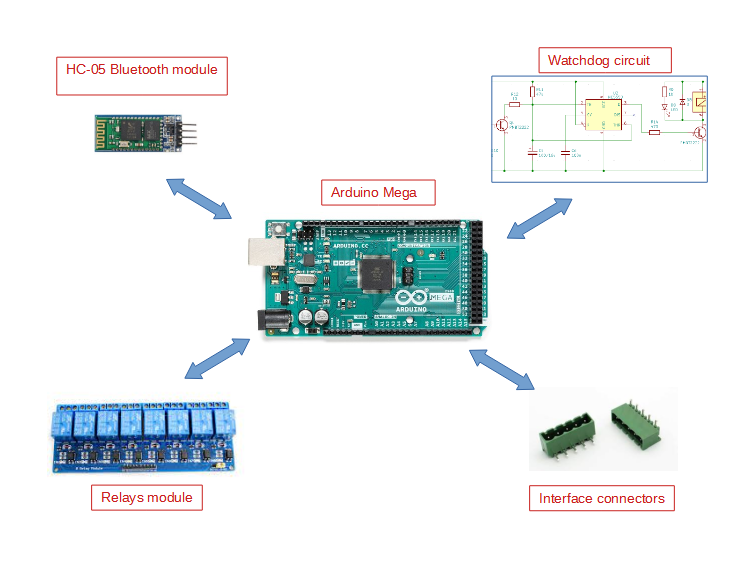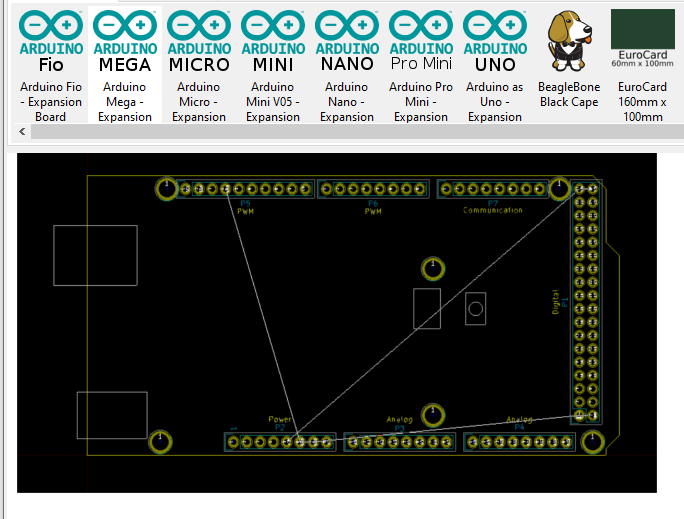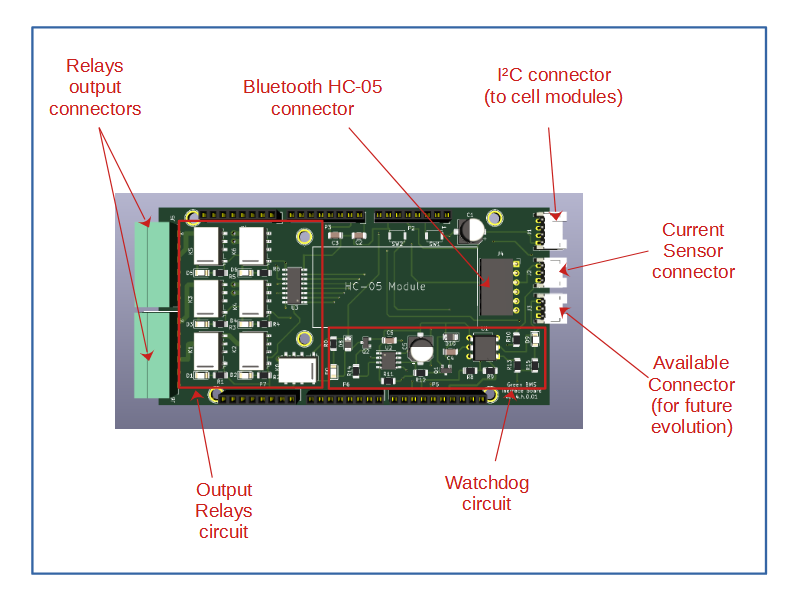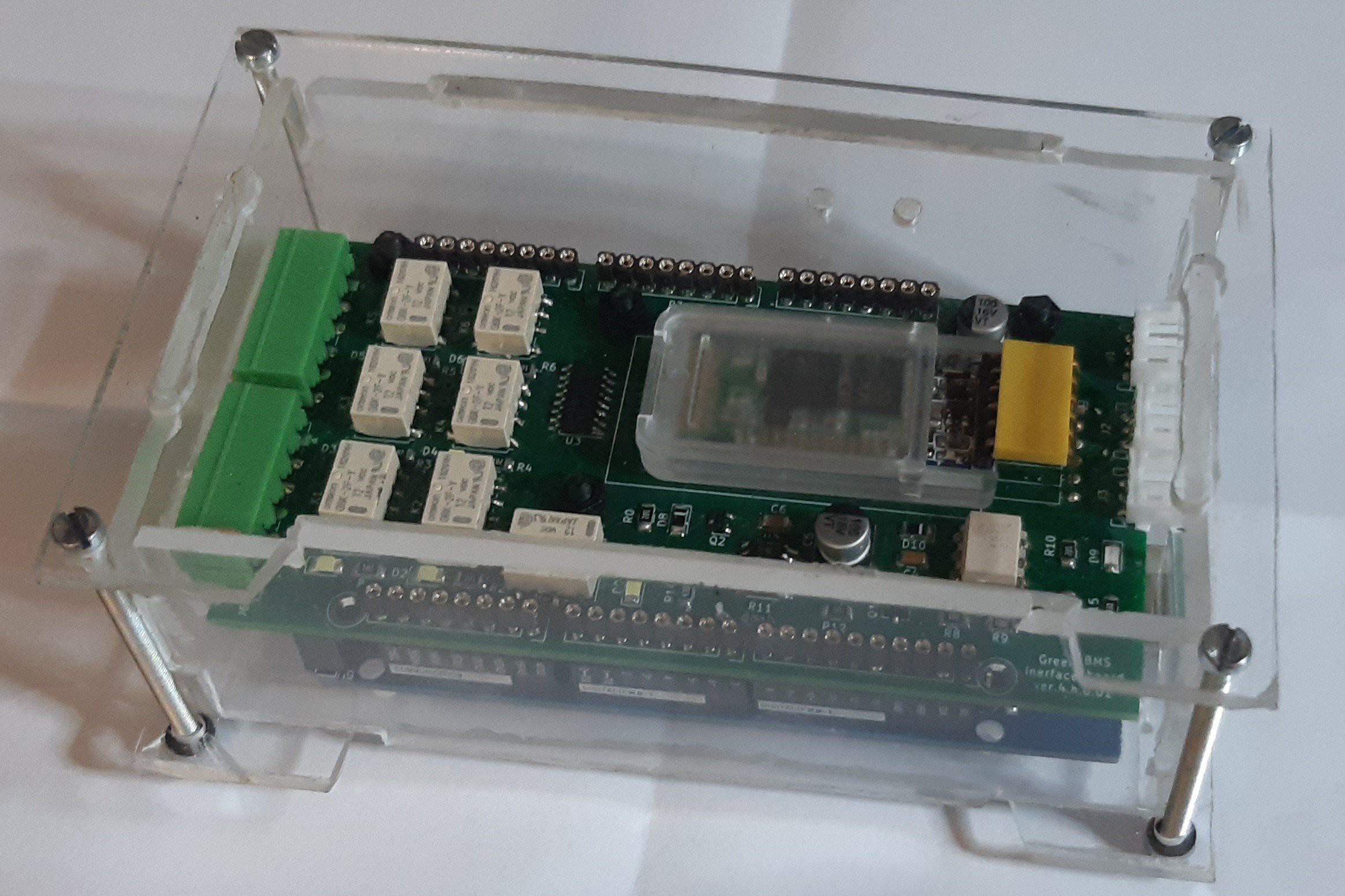The main function of a BMS is to give consent to charge or discharge the battery.
To make green BMS as versatile as possible, in order to cover many types of applications with different powers, I made this choice: I decided to use relays.
With the free voltage contacts of the relays, the user can control an additional protection circuits best suited to his needs.
Important: the charge and discharge protection relays are used with NO (normally open) contacts energized to close the contact: this is a safety feature because in the event of a loss of power on the relay coil, the contacts open.
The Control Unit therefore consists of the following components:

How to combine them all together in the most compact way possible?
Kicad and the open source community gave me a great idea.
In fact, with Kicad various customizable models of expansion cards are already available, including the arduino Mega expansion!

So I tried to enclose all the components of the Control Unit in a single board called “Interface board” to be plugged onto the Arduino Mega, here is the result:

After that it was easy to design and build the case:

 Sergio Ghirardelli
Sergio Ghirardelli
Discussions
Become a Hackaday.io Member
Create an account to leave a comment. Already have an account? Log In.